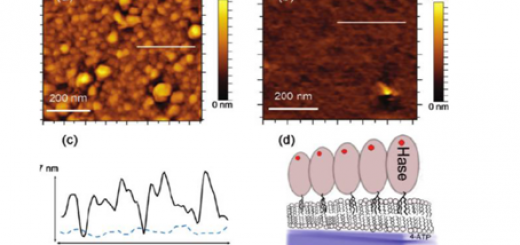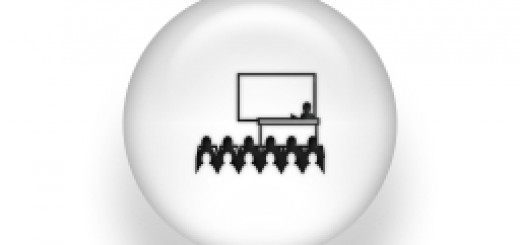Ring-shaped nanomagnets: from quantum effects to spin-cluster qubits
 Friday, 29 April 2011. 12:00-13.00
Friday, 29 April 2011. 12:00-13.00
Prof. Filippo Troiani
Istituto Nanoscienze-CNR, S3, Modena (Italy)
ABSTRACT:
Molecular nanomagnets represent a wide class of spin cluster, whose structural and magnetic properties can be widely engineered by chemical synthesis [1]. Historically, much attention has been devoted to high-spin molecules (the so-called single-molecule magnets) with anisotropy barriers, where the magnetic memory is ultimately limited by the quantum tunneling of magnetization. The present talk will be concerned with a different class of molecules, namely antiferromagnetic spin rings, that have recently attracted a widespread interest also in view of their possible use in quantum-information processing. In this perspective, three different aspects will be considered. Firstly, recent progress in the control on intermolecular coupling between ring-shaped nanomagnets will be discussed [2]. Such capability represent a first, crucial requirement on the way of growing a scalable hardware based on the nanomagnet as a building block, and has enabled the demonstration of (equilibrium-state) entanglement between pairs of rings [3]. Secondly, the electron-spin decoherence in single nanomagnets and coupled rings will be considered. In both cases, decoherence results from the dynamics of the nuclear bath, and specifically from the build-up of quantum correlations between electron and nuclear spins. Based on a microscopic model of the molecules, we show how the chemical elements and the physical processes that drive decoherence can drastically depend on the specific linear superposition of interest [4]: as an illustrative example, we compare the cases of singlet-triplet superpositions in ring dimers with that of the Bell states. The final part of the talk will be devoted to a novel approach to the use of antiferromagnetic spin rings in quantum information processing, based on the use of electric fields as a means for the manipulation of the quantum state [5]. Here, the computational degree of freedom is not the spin projection – as in most spin-based approaches – but spin chirality. Magnetically frustrated systems – such as homometallic odd-numbered rings – with antisymmetric exchange (Dzyaloshinskii-Moriya) interaction present ground-state multiplets with well defined chirality. The general conditions for the existence of such spin-electric coupling in spin rings will be discussed, and preliminary results will be presented on hyperfine-induced decoherence of spin chirality.
References
[1] D. Gatteschi, R. Sessoli, and J. Villain, Molecular nanomagnets (Oxford University Press, Oxford, 2007).
[2] G. Timco, S. Carretta, F. Troiani, F. Tuna, R. J. Pritchard et al., Nat. Nanotechnol. 4, 173 (2009).
[3] A. Candini, G. Lorusso, F. Troiani , A. Ghirri, S. Carretta et al., Phys. Rev. Lett. 104, 037203 (2010).
[4] A. Szallas and F. Troiani, Phys. Rev. B 82, 224409 (2010).
[5] M. Trif, F. Troiani, D. Stepanenko, and D. Loss, Phys. Rev. Lett. 101, 217201 (2008).


















